The long game
What do the Simpsons, a tiny jellyfish and a view of outer space have in common? They all convey in their own unique way what it means to grow old and yet remain young. What seems an incredibly long time in popular culture is merely the blink of an eye by cosmic standards. Where can longevity be found on Earth and what are its limits? We take a look – a brief one, of course.
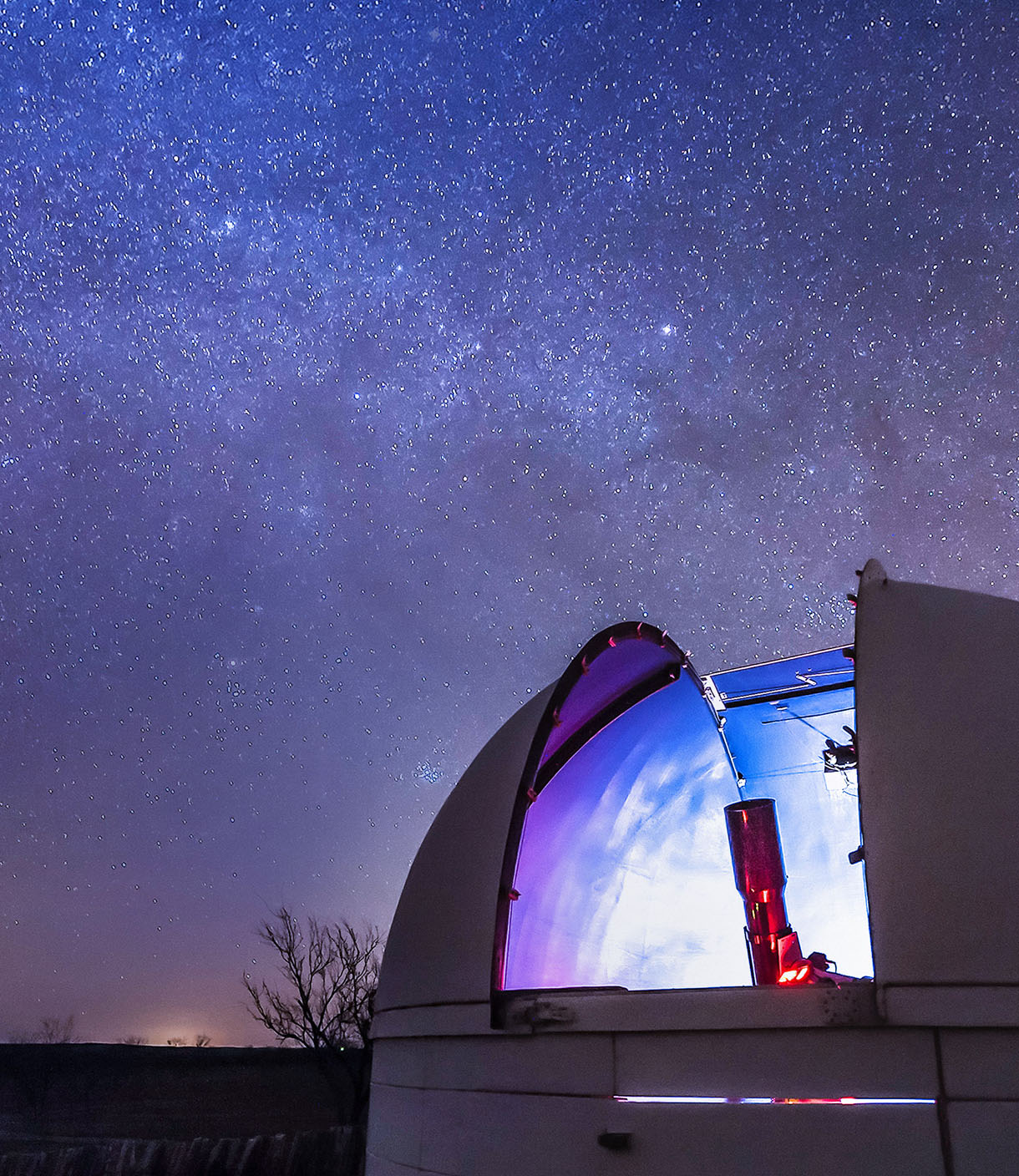
13.8 billion years
– that’s roughly how old the universe is. Nothing has been in existence for longer, nothing expands further. Looking into space is a humbling experience, if nothing else because it reminds us that our life is just a tiny part of the cosmic timeline.
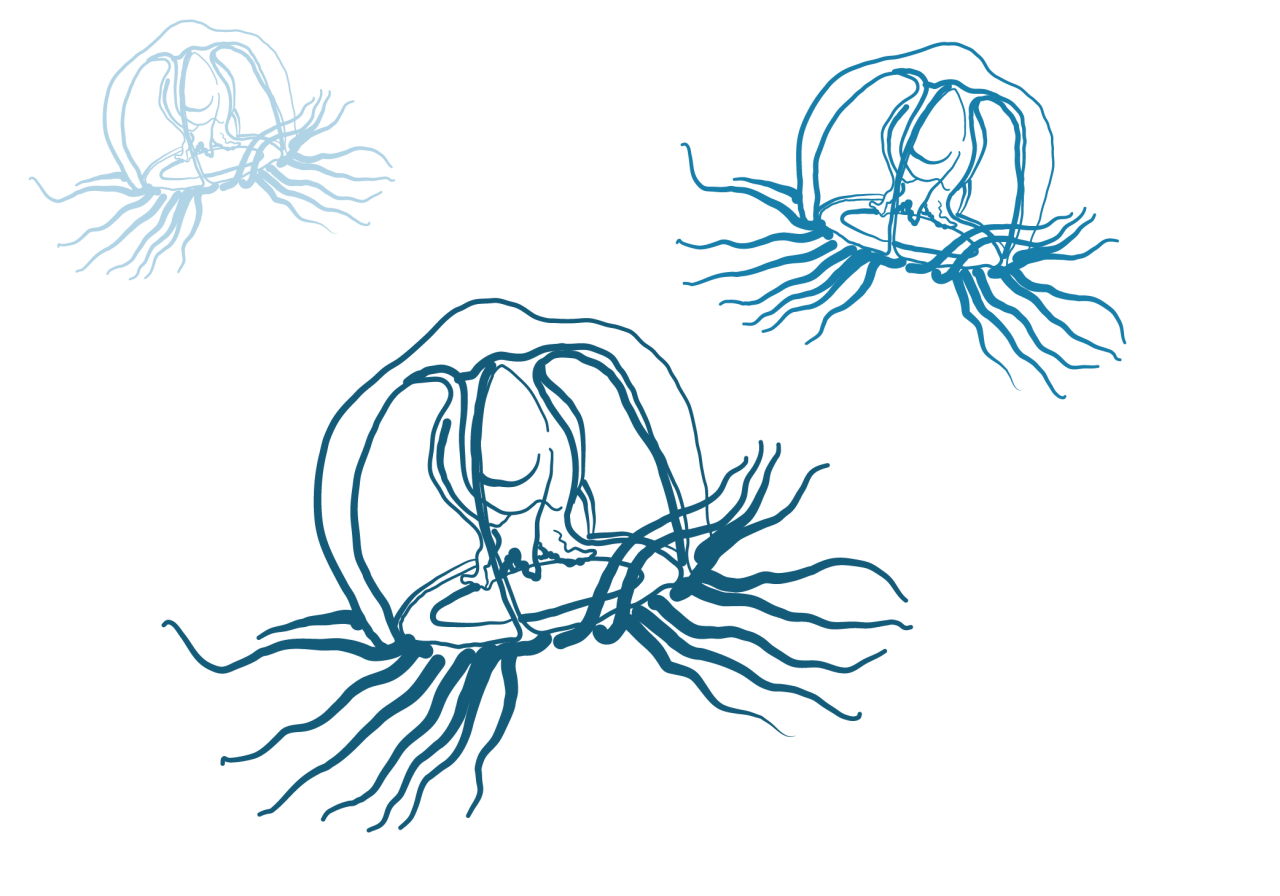
Forever young
Parrots, tortoises, fungi: they all grow old. Very old. But they’re no match for turritopsis dohrnii – an immortal jellyfish that floats around the Mediterranean Sea off the coast of Mallorca. Thanks to a genetic peculiarity, it can literally revert back to its immature self. The creature uses cells from its outer layer to create new stem cells, allowing it to make copies of itself. Another trick it has mastered is how to stop the aging process, thanks to having an unusually large number of genes with the capability to repair DNA. Yet all this doesn’t necessarily guarantee a long life: turritopsis dohrnii measures only four millimeters in diameter and is defenseless against predators.
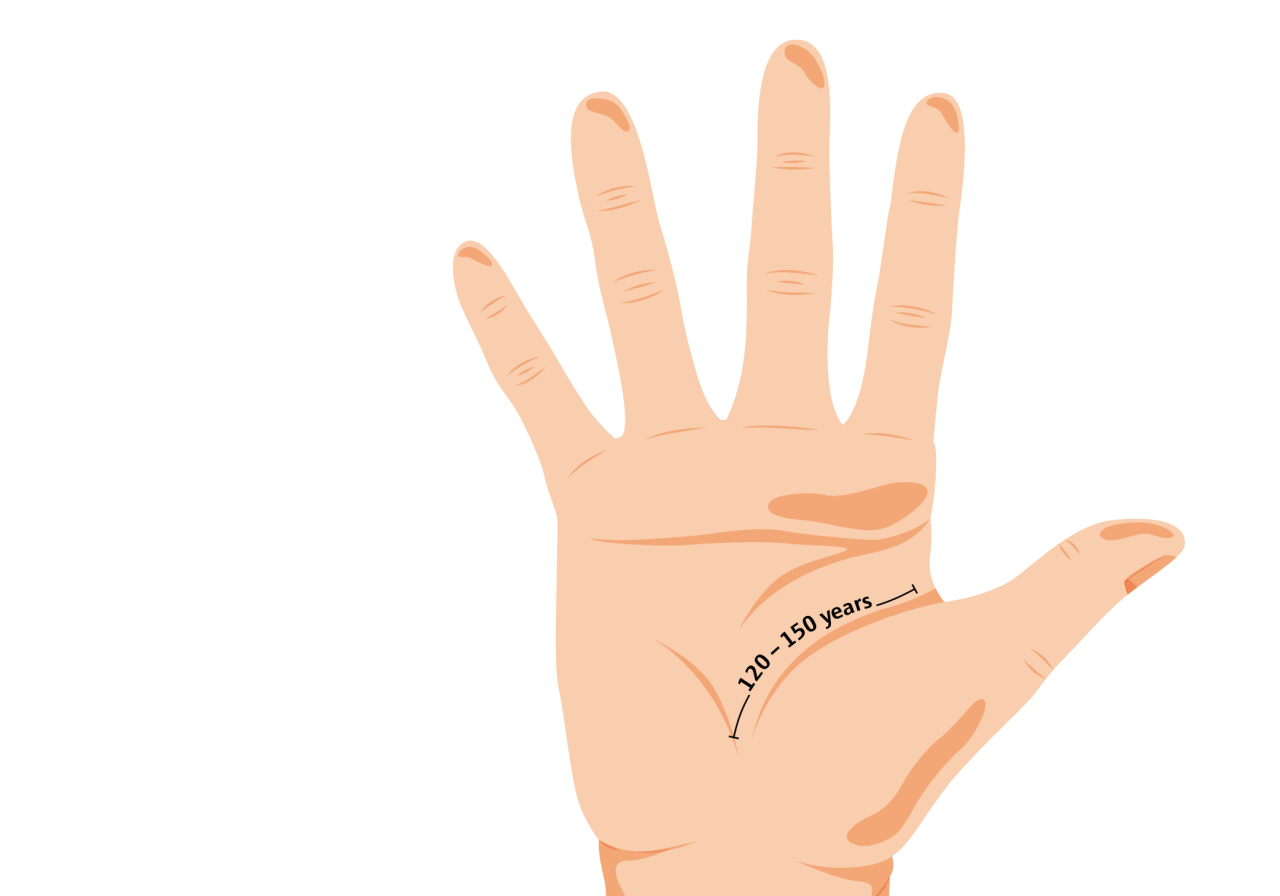
150 years
The end comes eventually – at least for humans. This is what a team led by scientist Timothy Pyrkov at Singapore company Gero found in 2021. The researchers studied the speed of aging based on a large amount of health-related data from people in the US, UK and Russia. They concluded that even if people were not exposed to disease, stress and injury, their bodies would nonetheless become frail – and eventually die. The findings put maximum biological life expectancy somewhere between 120 and 150 years.
The oldest company in the world
The five oldest companies in the world all hail from Japan, with the top four being family-owned businesses:
 |
Kongō Gumi, founded in 578, active until 2006, construction company |
 |
Nishiyama Onsen Keiunkan, founded in 705, still active today, hotel |
 |
Koman, founded in 707, still active today, inn and hotel |
 |
Hōshi Ryokan, founded in 718, still active today, inn and hotel |
 |
Genda Shigyō, founded in 771, still active today, paper production |
The construction company Kongō Gumi lasted for 1,428 years. It was founded in 578 and subsequently owned by 40 generations of the same family until 2006. It entered liquidation recently after falling on hard times.
“Fame comes and goes. Longevity is the thing to aim for.”
Tony Bennett,
96-year-old jazz singer, knows what he is talking about.

Failure is an essential step to success
Behind every great success story lie huge obstacles and determined heroes. For example, James Dyson supposedly built more than 5,000 prototypes before he found a buyer for his vacuum cleaner. Henry Ford went bankrupt five times before making his automotive breakthrough. And, as legend has it, Walt Disney tried 300 times before he convinced a bank to finance the first Disneyland in the US state of California. The rest is history.
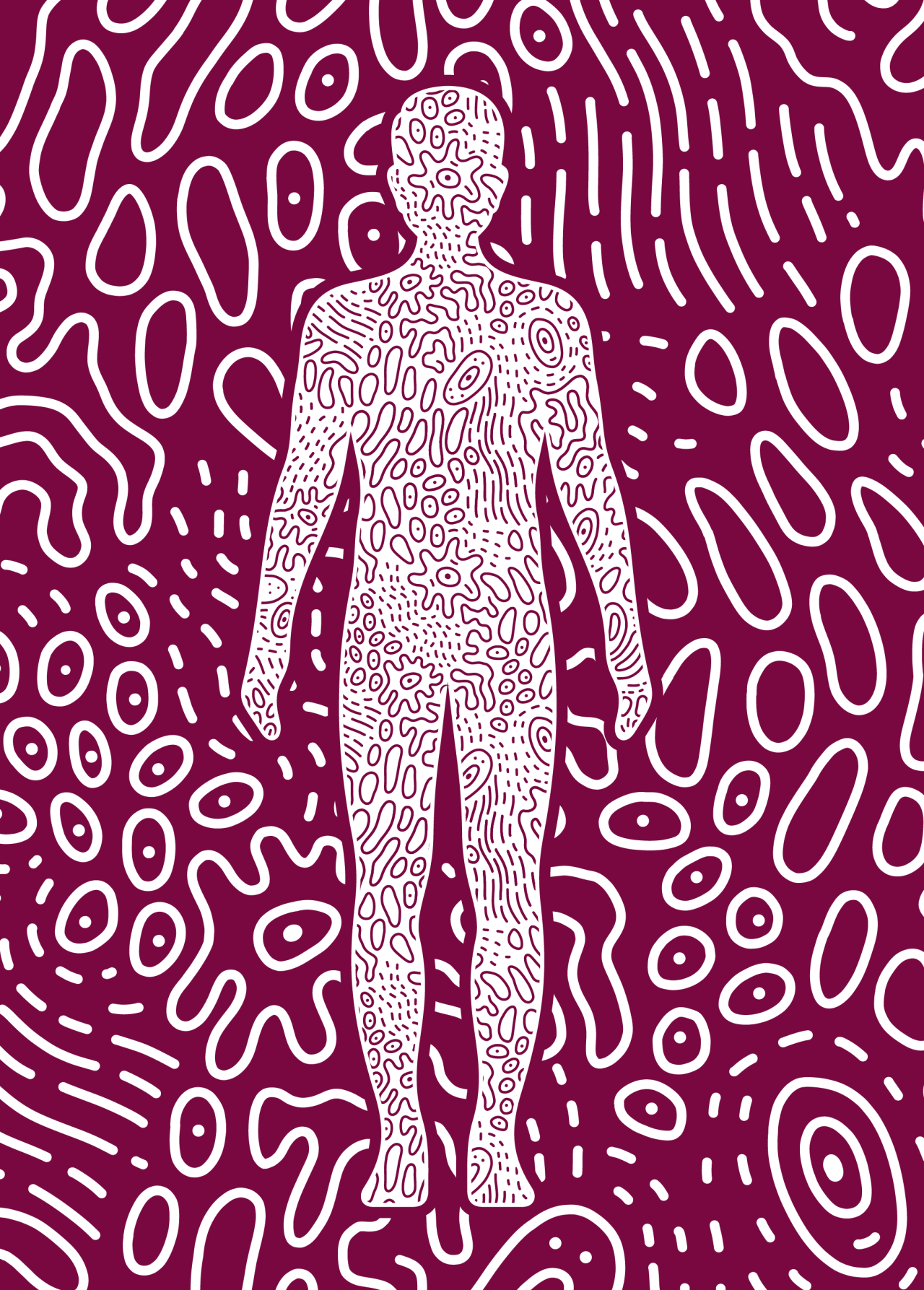
Are we more microbe than human?
In biological terms, the human body is more of an agglomeration than a single being. This theory, which is gaining more and more traction among researchers, says that humans are communities made up of their own cells and billions of microorganisms such as microbes, bacteria and fungi. The number of bacterial cells in and on the body easily outstrips the number of human cells. Humans would be in a pretty bad way without those countless communities of organisms. For example, processes such as our immune system can only be understood by considering the interactions between many symbiotic networks. Biologists are therefore starting to advocate a new concept of human beings – one that moves away from the individual toward a hybrid known as a holobiont, from the Greek words for ‘whole’ (holos) and ‘life’ (bios). For philosophers, that’s plenty of new food for thought as they grapple with the question of where the human body starts and ends.
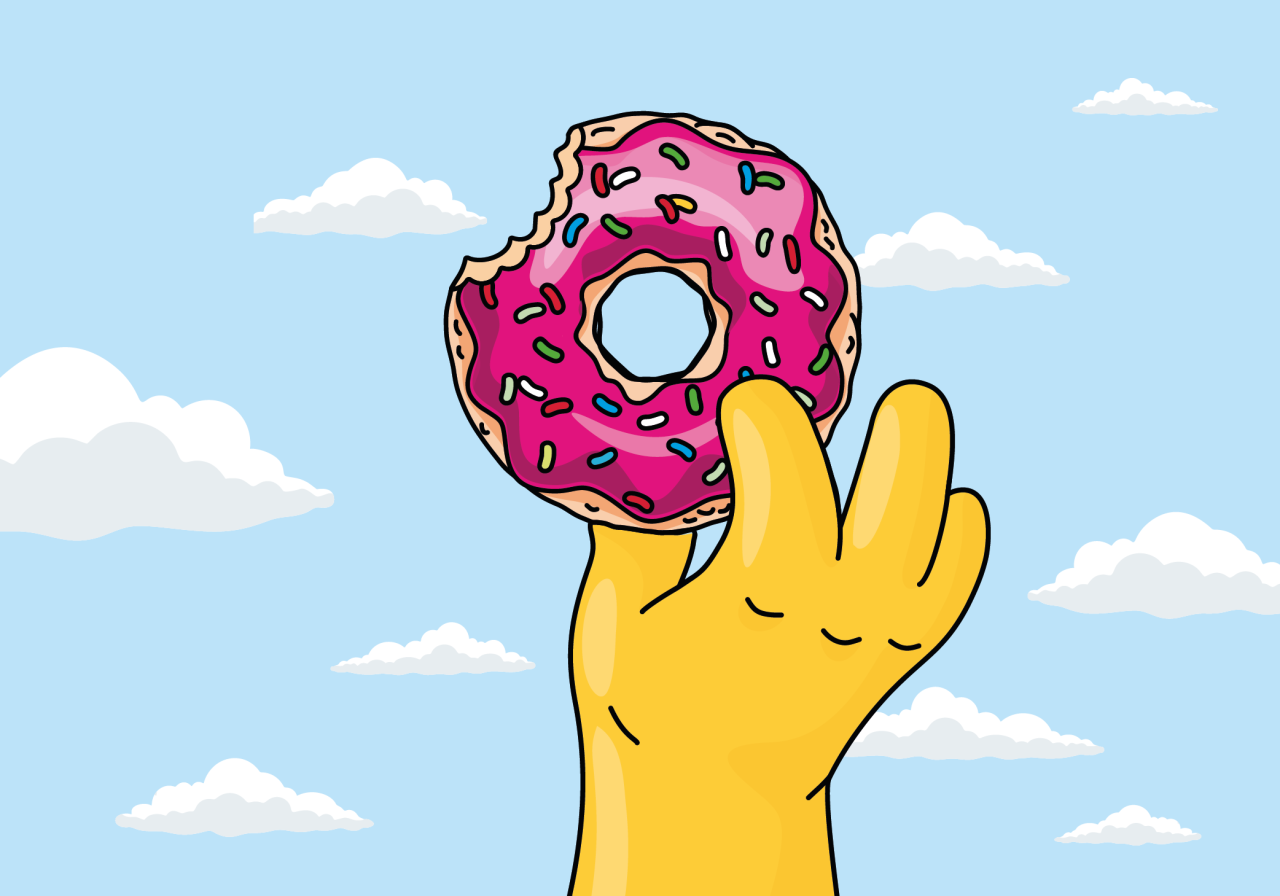
Guess who?
1 famous yellow family*
33 years on the air
730 episodes
16,000 minutes
…and counting!
* ‘The Simpsons’, one of the longest-running animated sitcoms

Illuminating
Early 20th century light bulbs lasted so long that hardly anyone needed to buy a replacement. On realizing this, the world’s major light bulb manufacturers formed the Phoebus cartel in 1924 – and put an end to the longevity. They decided that a light bulb should last not more than 1,000 hours. The cartel existed until 1941, but the incandescent light bulb survived well into the 21st century until LED technology largely superseded it.
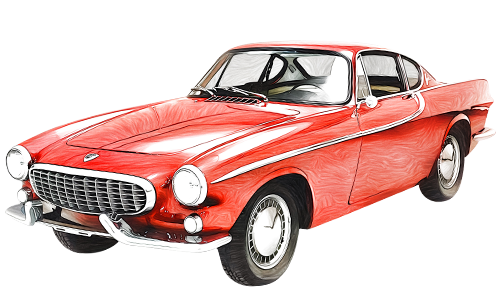
He just kept on rolling…
A whopping 5.2 million kilometers! Or 130 times around the globe. This is the incredible distance traveled by the world’s most-driven car by the time its owner, the American Irv Gordon, died in 2018. Loving care and more than a few replacement parts enabled the 1966 Volvo P1800 to live up to the Latin meaning of its name: “I roll”.
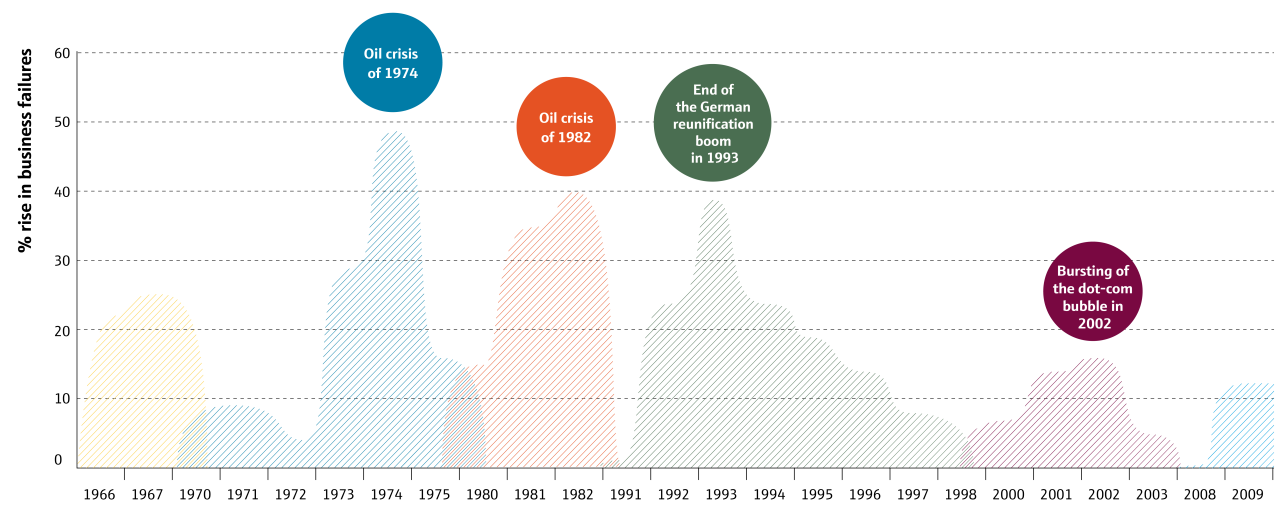
Historic ripple effects
The number of business failures in Germany has reflected the (global) economic situation over the years. The oil crises weighed heaviest on company longevity.
Published 09.03.2023, last updated 20.03.2023.
Dive into the world of the process industry through new exciting stories every month with our «changes» newsletter!









